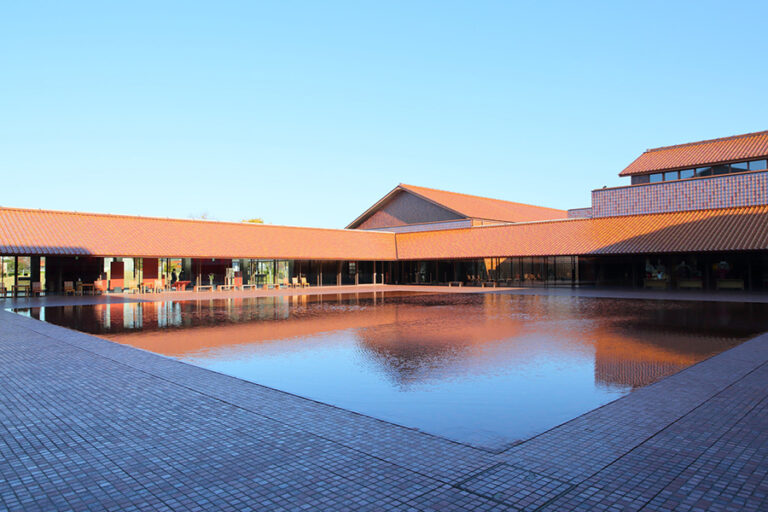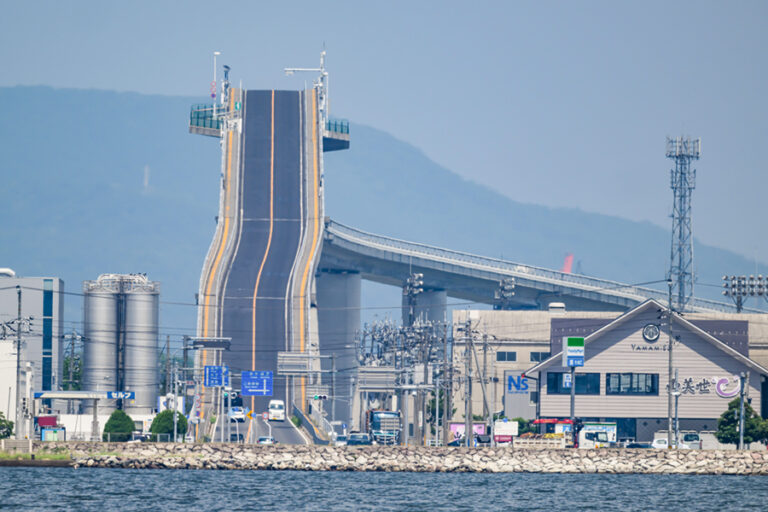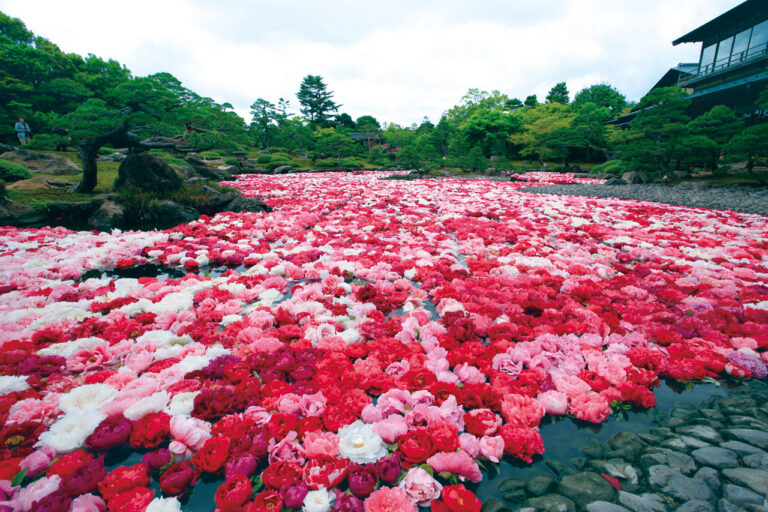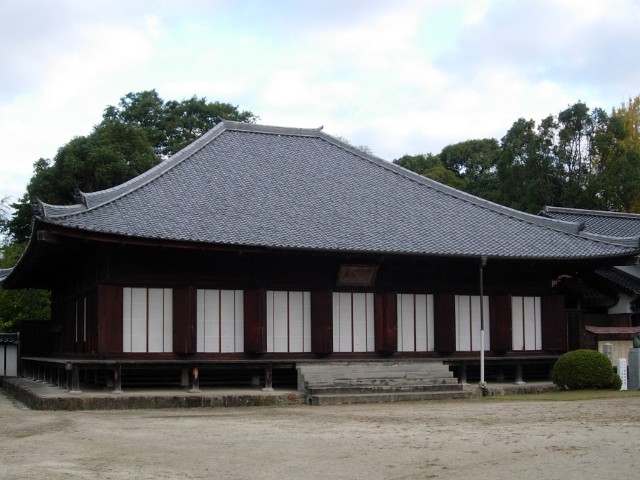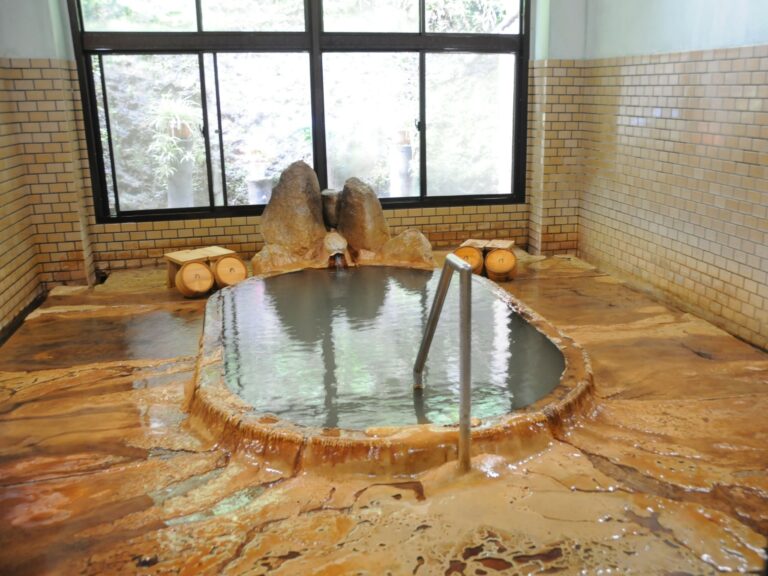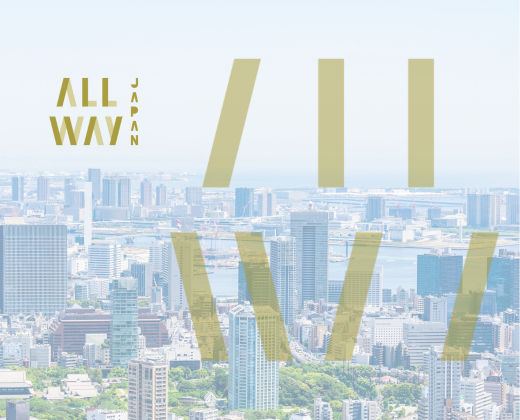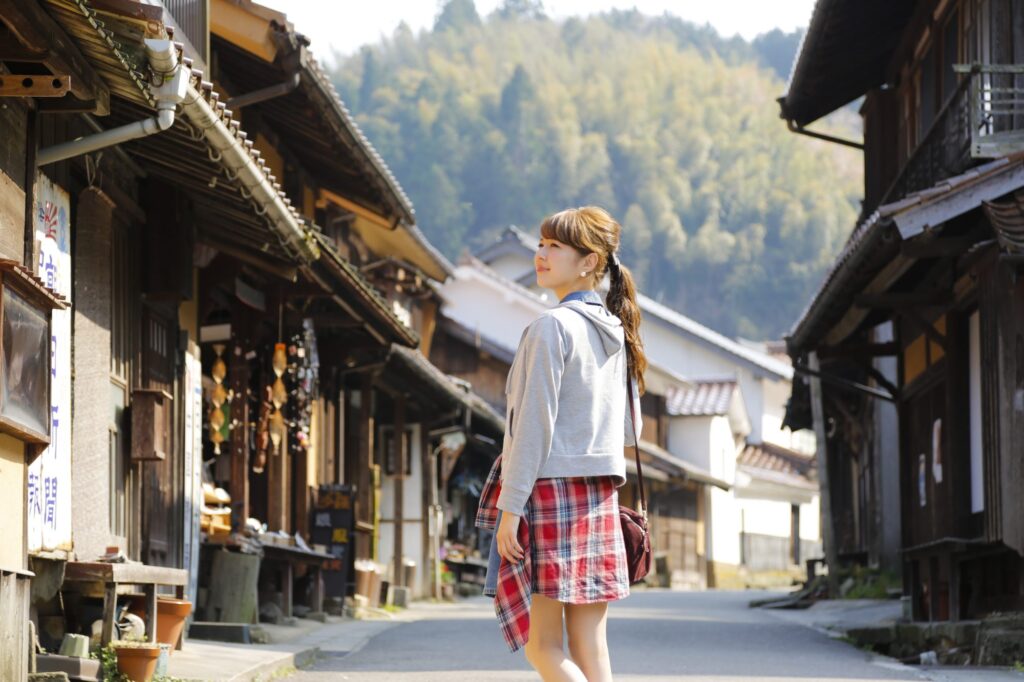
Iwami Ginzan, one of the most popular tourist destinations in the Iwami region, was registered as a UNESCO World Heritage Site in 2007, making it the first mine site in Asia to receive this designation. This page introduces the charms and cultural significance of Iwami Ginzan.
The Charm of a Leisurely Stroll Through Ōmori Town
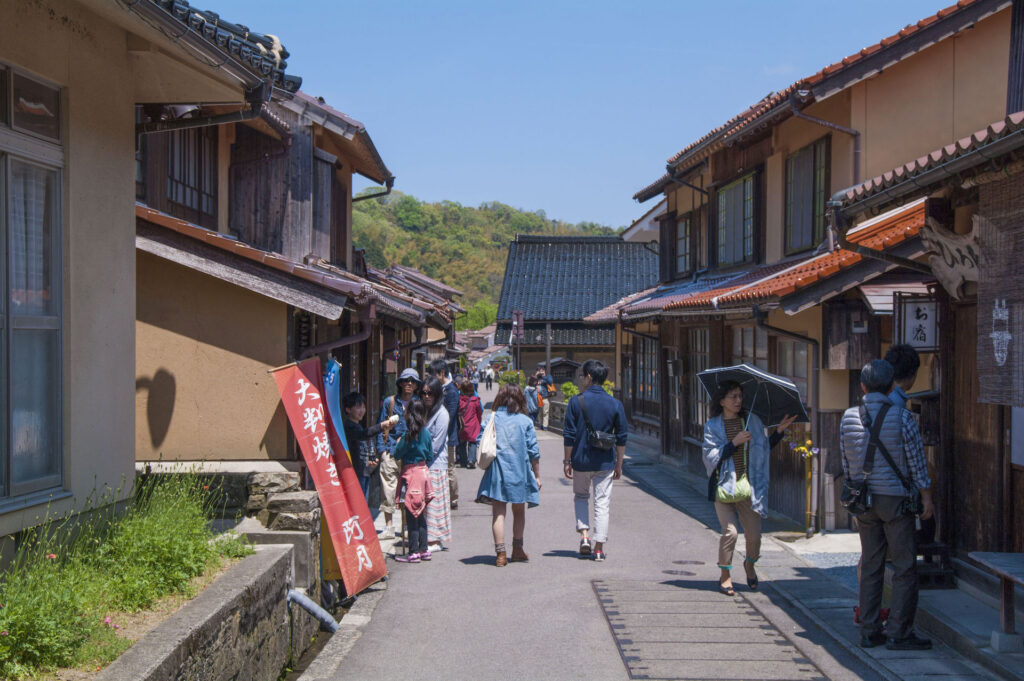
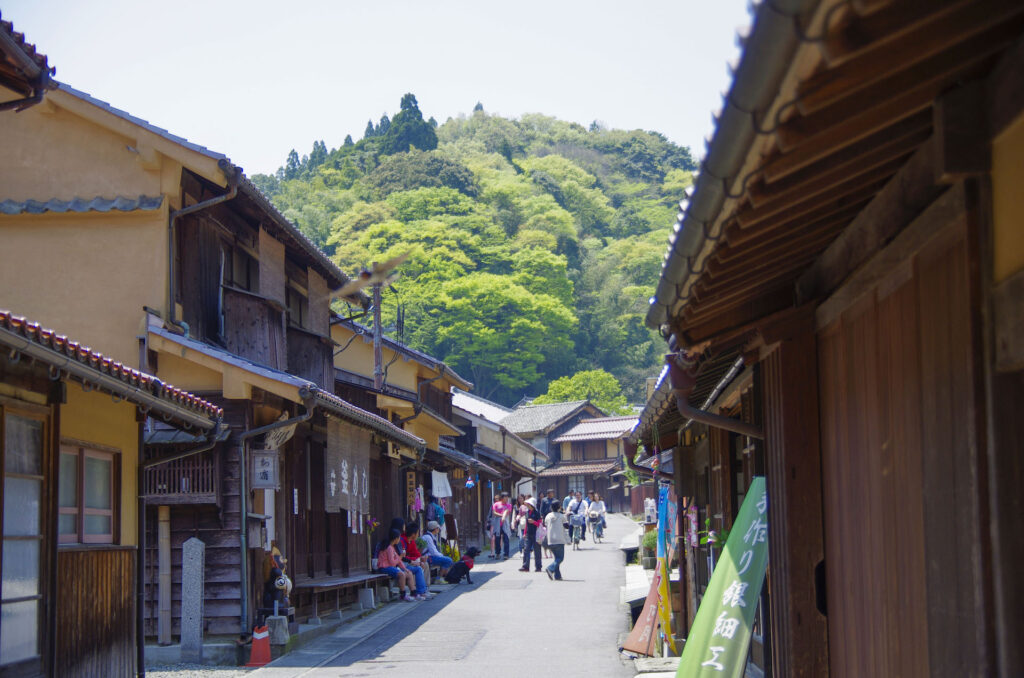
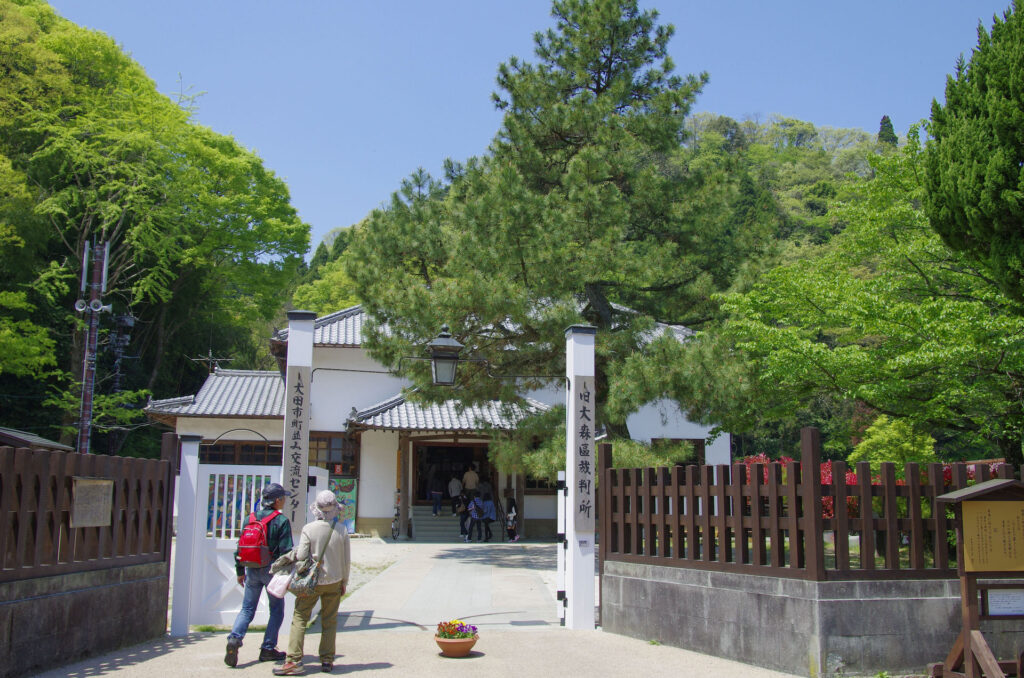
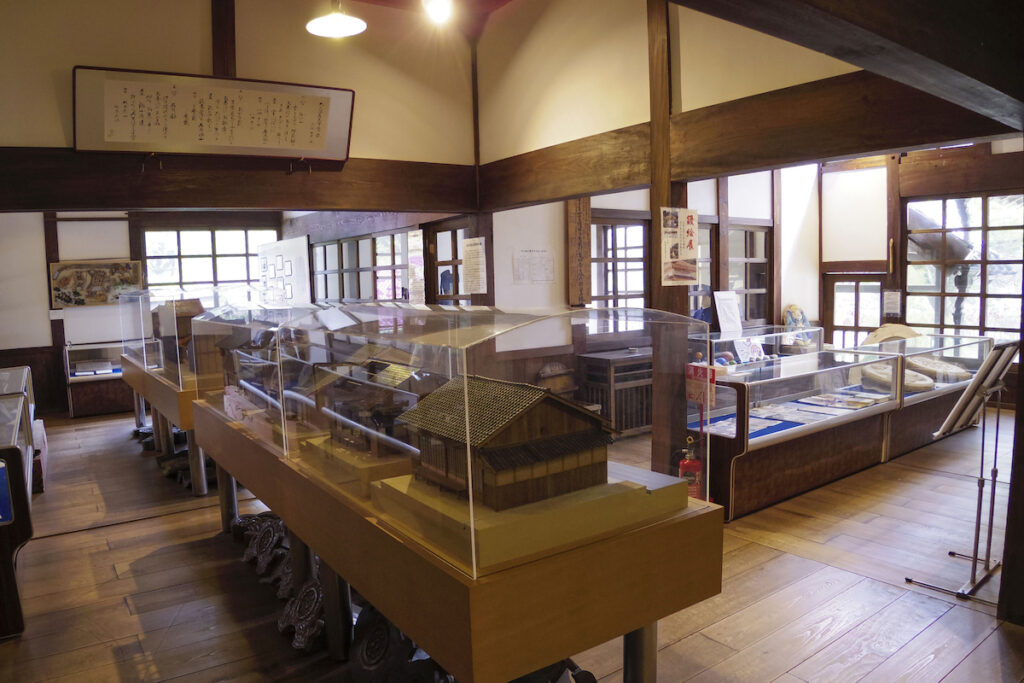
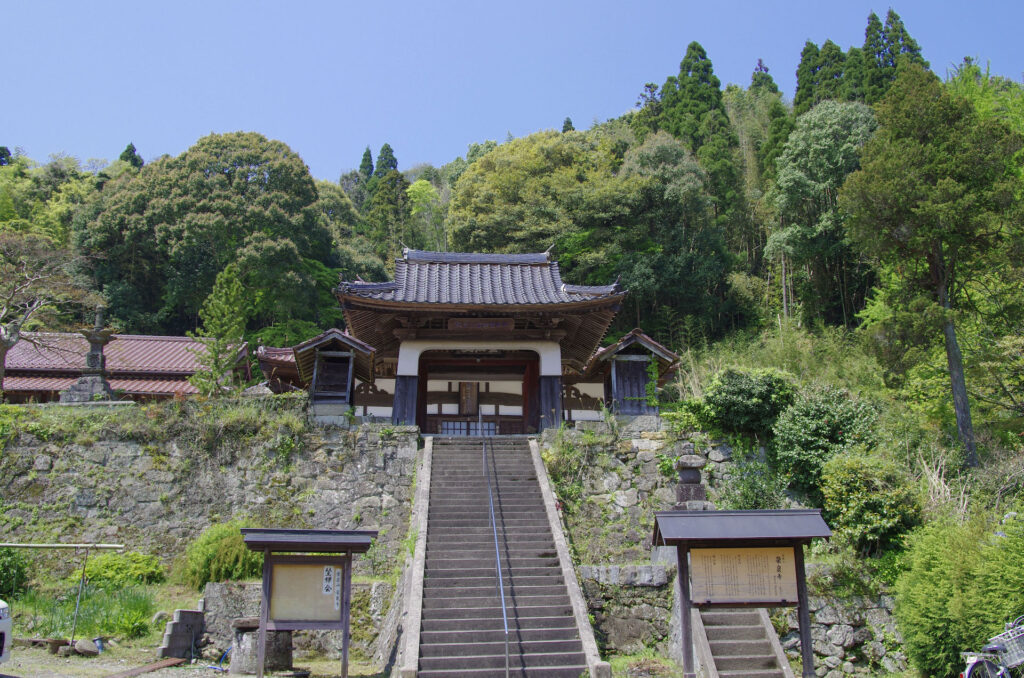
The Ōmori Townscape leads to Ryūgenji Mabu, a former mining tunnel where silver was once extracted. What makes this area unique is that people still live here today, preserving their way of life in what is considered a “living World Heritage Site”—a rarity among tourist destinations.
Strolling leisurely through the nostalgic scenery, which feels like stepping back in time to the Edo period, allows visitors to fully appreciate the charm of the town while making their way toward Ryūgenji Mabu.
Although its recognition as a World Heritage Site has increased its fame, Ōmori Town has long been quietly and carefully preserved by the local residents, who have passed down this cultural treasure of Iwami for generations.
Ōmori Townscape of the Iwami Ginzan World Heritage Site
The Ōmori Townscape, which leads to the Iwami Ginzan World Heritage Site and Ryūgenji Mabu, has been recorded as if you were taking a stroll. Why not enjoy a leisurely, relaxing walk through Iwami Ginzan?
World Heritage Site Ishiki Ginzan
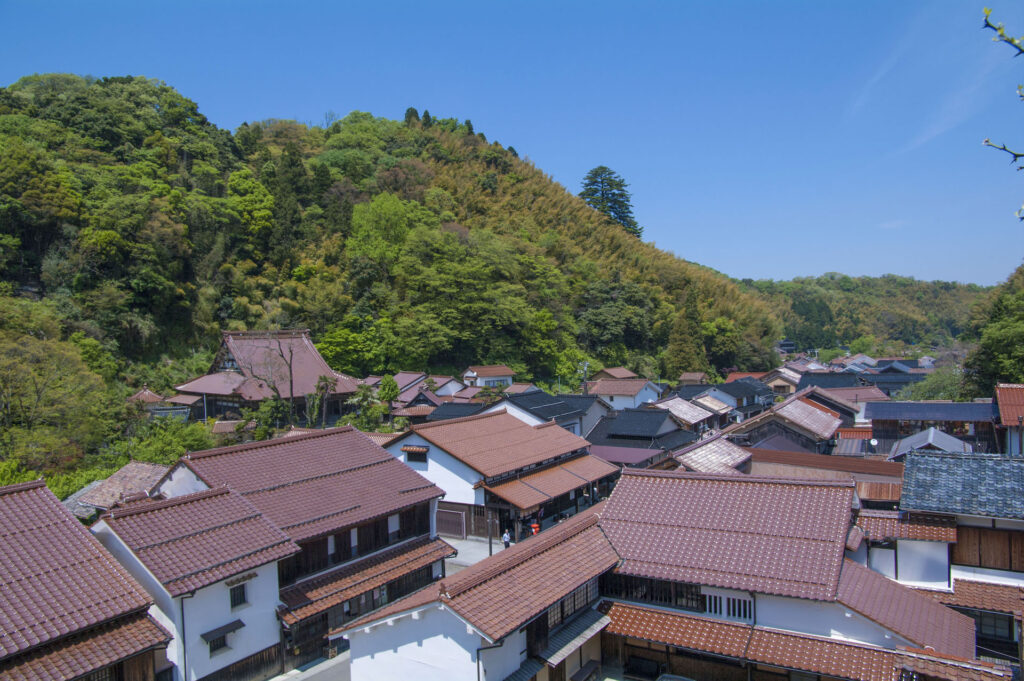
“Iwami Ginzan Silver Mine and Its Cultural Landscape” was registered as a UNESCO World Heritage Site in 2007, making it the first mine site in Asia to receive this designation.
Covering an area of 529 hectares (equivalent to about 11 Tokyo Disneylands), the site includes a historically rich townscape that still evokes the atmosphere of the past. Even today, people continue to live here, preserving and passing down the area’s rich history.
“Every landscape in Iwami Ginzan holds meaning.”
"Once you understand, it all makes sense."
Consider using the “Iwami Ginzan One-Coin Guided Tour,” which offers insights that deepen your interest and help you experience the history and local life of the area.
【 Why Was It Designated a World Heritage Site? Reason 1 】
The silver from Iwami Ginzan influenced economic and cultural exchange between Asia and European countries.
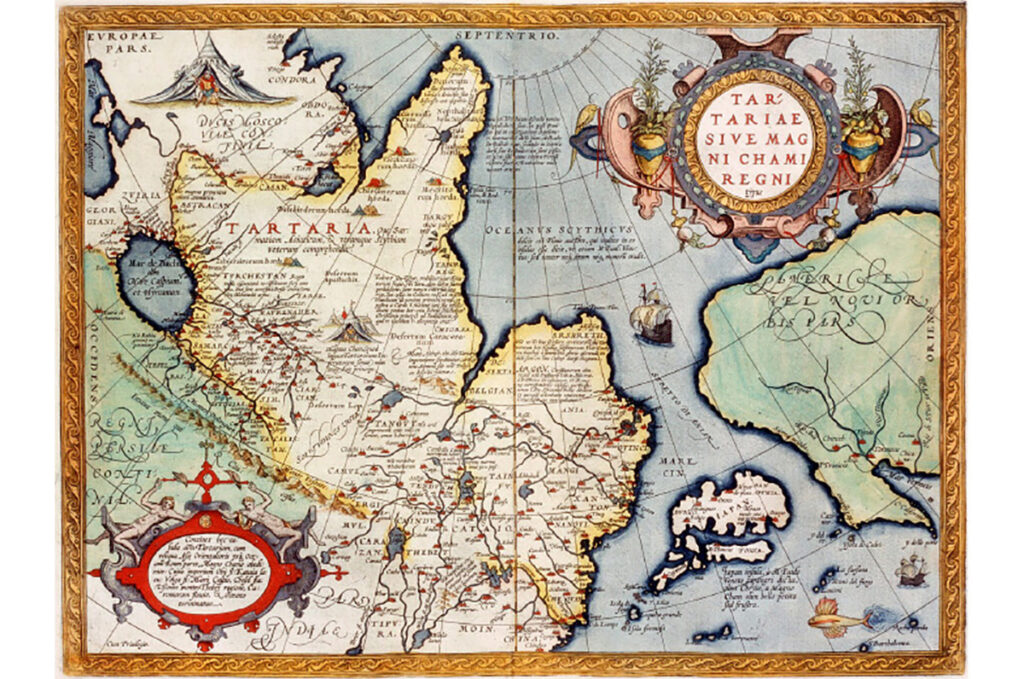
Iwami Ginzan is depicted on the Tartaglia Map, which was created in Europe.
(Displayed at the Shimane Museum of Ancient Izumo)
At its peak, a significant portion of Japan’s silver, which accounted for approximately one-third of the world’s silver production, is believed to have come from Iwami Ginzan.
The cupellation method (hai-fuki-hō) was adopted at Iwami Ginzan, allowing for the mass production of high-quality silver.
The silver from Iwami Ginzan was initially traded with China, but with the arrival of Europeans, it began to influence global economic and cultural exchange.
[ Why Was It Designated a World Heritage Site? Reason2 ]
The site preserves a wealth of remains related to silver production, such as mining tunnels and workshops, in remarkably good condition.
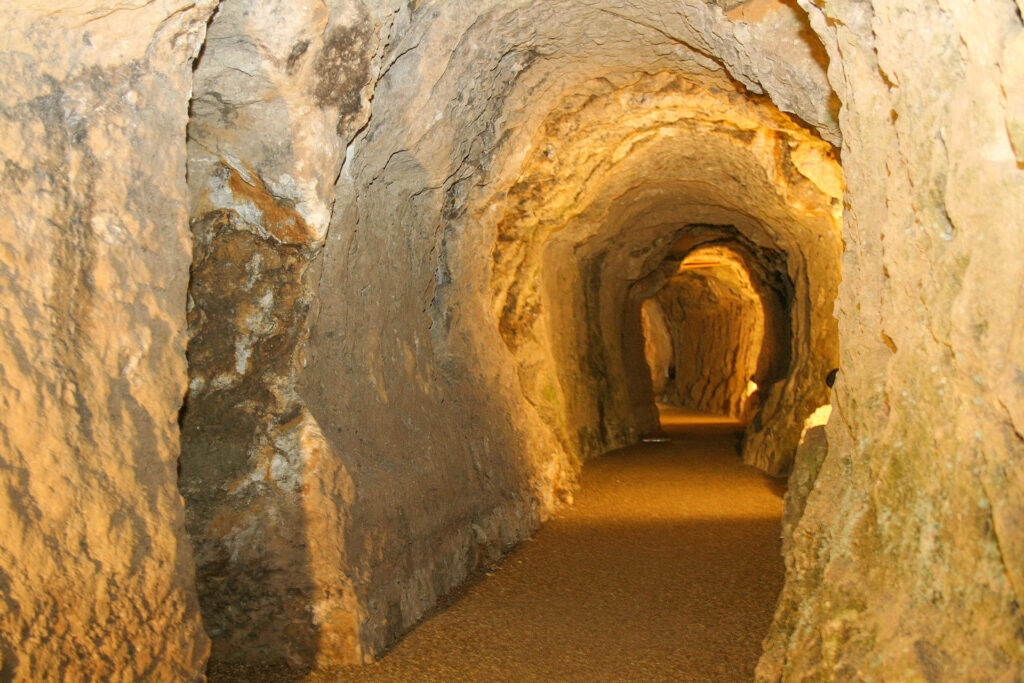
Ryūgenji Mabu – Inside the Tunnel
At Iwami Ginzan, all processes—from mining to smelting—were carried out by hand. Today, visitors can see the chisel marks left by miners in the preserved tunnel remains (mabu), along with numerous remnants of smelting workshops and residential areas.
[ Why Was It Designated a World Heritage Site? Reason 3 ]
The ports used for shipping silver and the transportation routes, which were integral to the mine’s operations, have been preserved as part of a cultural landscape that remains closely connected to the natural environment.
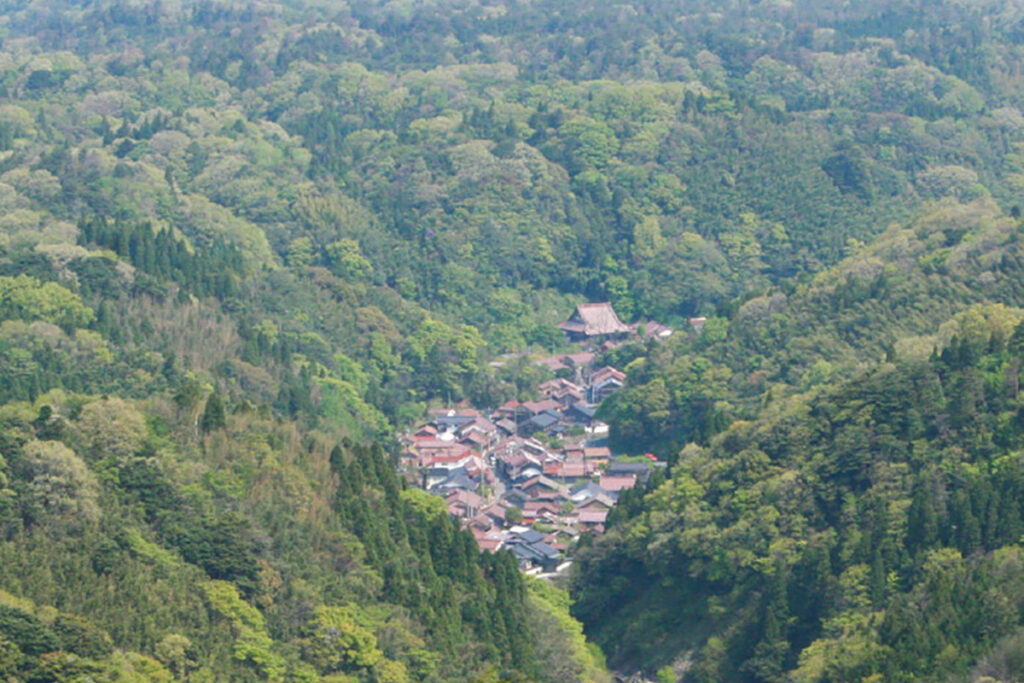
Silver mining typically required large amounts of wood for smelting, often leading to deforestation. However, at Iwami Ginzan, sustainable forest management practices were implemented from the beginning.
Mining techniques involved digging narrow tunnels along the silver veins without destroying the mountains or excessive deforestation. Additionally, the local community practiced reforestation, planting as many trees as were cut down.
Furthermore, the entire operational system of the silver mine, from extraction to transportation, has been well preserved.
The environmental considerations practiced at Iwami Ginzan, which reflect principles needed in the 21st century, played a key role in its designation as a World Heritage Site.
If you would like to learn more about why Iwami Ginzan was designated a World Heritage Site and its rich history, be sure to visit the Iwami Ginzan World Heritage Center and the Iwami Ginzan Museum!
Copyright Shimane Prefectural Government and Shimane Tourism Federation All Rights Reserved.
Return to Shimane Home>>

